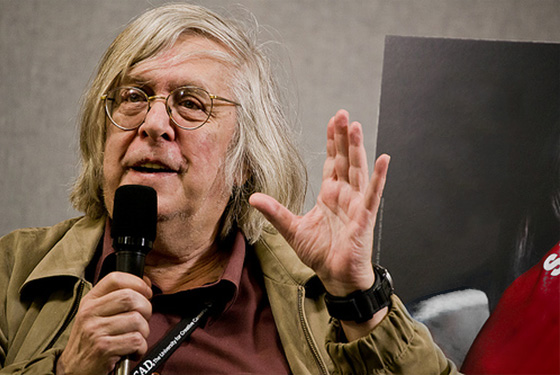The Lady Without Camelias
Perhaps the most unjustly neglected of Michelangelo Antonioni’s early features, La Signora Senza Camelie (1953) is a caustic Cinderella story about a Milanese shop clerk (Lucia Bose) who briefly becomes a glamorous movie star. One of the cruelest and most accurate portraits of studio filmmaking and the Italian movie world that we have, it’s informed by a visually and emotionally complex mise en scene that juggles background with foreground elements in a choreographic style recalling Welles at times. Though it’s only Antonioni’s third feature, and its episodic structure necessitates a somewhat awkward expositional method, this is mature filmmaking that leaves an indelible aftertaste. In Italian with subtitles. 105 min. (JR) Read more
